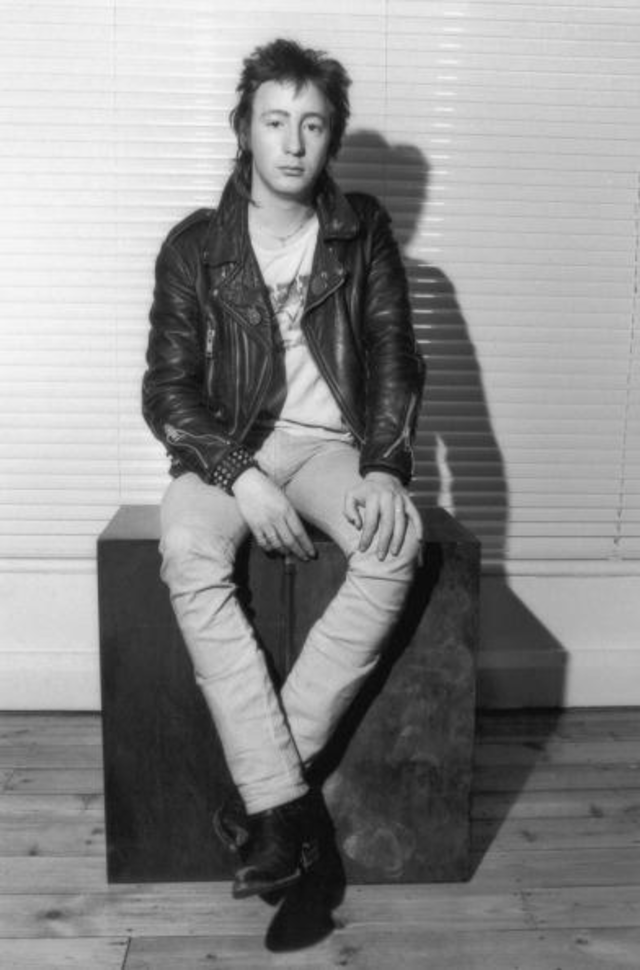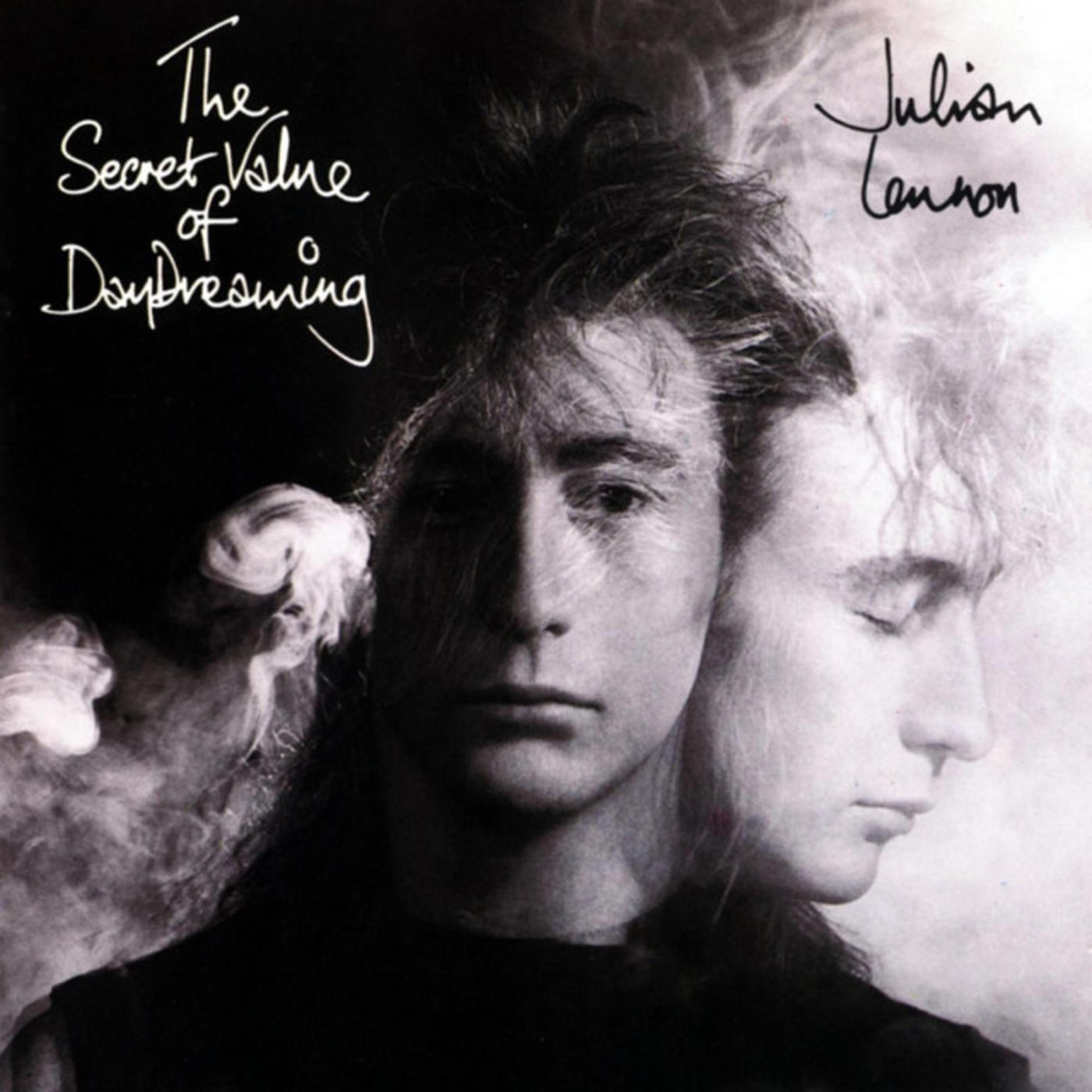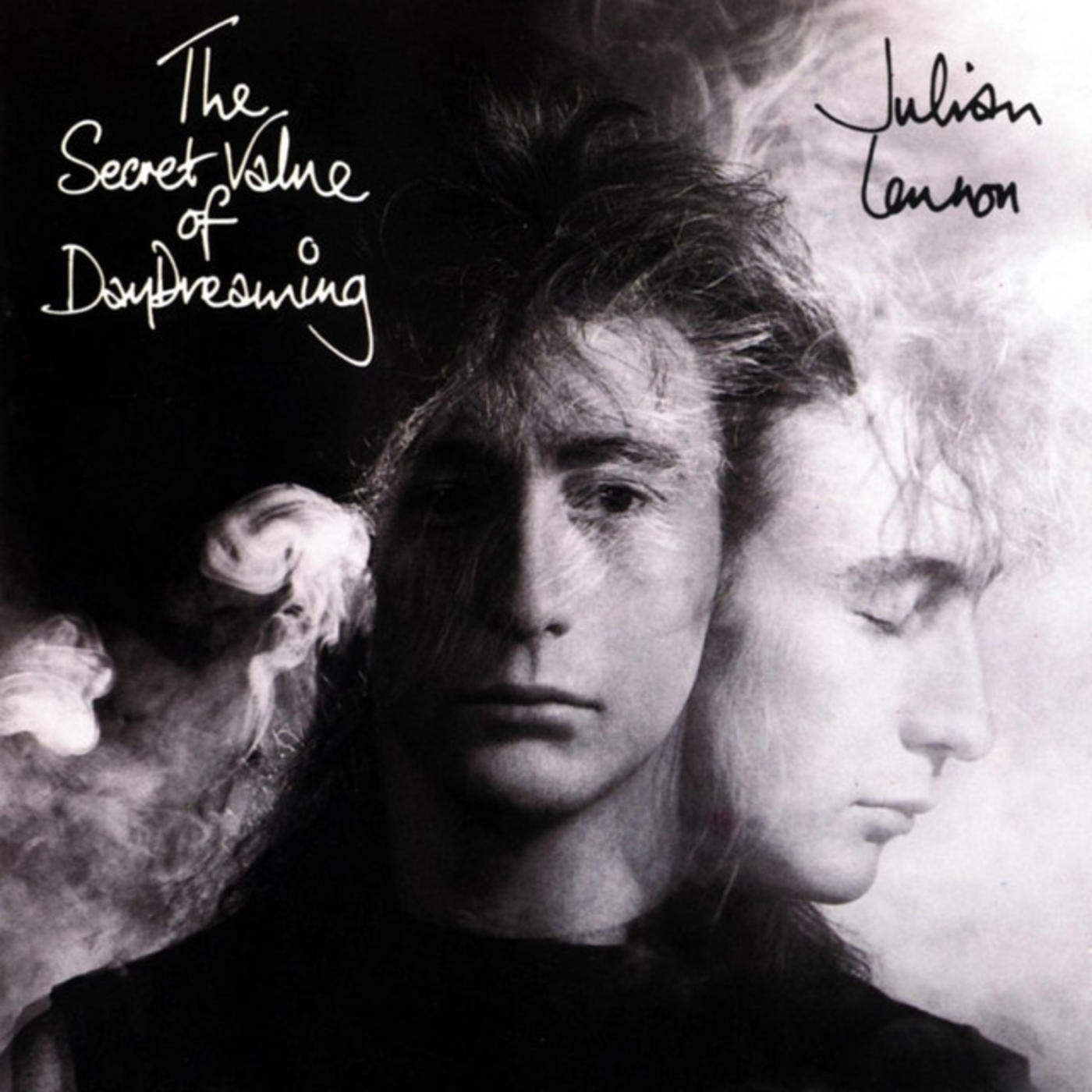Julian Lennon Sticks Around

When Julian Lennon, the eldest son of the late John Lennon, decided to embark on a recording career of his own a few years after his father’s death, it’s hard to gauge exactly how high people’s expectations were, but there’s no question that people were curious about the possibilities. It only required a cursory glance at a photograph of Julian to spot the physical resemblance he shared with John, but would they share a vocal one as well?
As it turns out, of course, they most certainly did have similar singing voices, and it’s fair to say that those similarities probably inspired a few still-mourning Beatles fans to pick up Julian’s 1984 debut album, Valotte. That’s not to say that the tunes weren’t pretty solid in their own right, mind you, and with production by Phil Ramone, they sounded darned nice, too. By the time all was said and done, two of the tracks had made their way into the top 10 – “Valotte” (#9) and “Too Late for Goodbyes” (#5) – and two others, “Say You’re Wrong” and “Jesse,” had also earned placement in the Billboard Hot 100 (at #21 and #54, respectively). After that, though…
Well, look, we’re all music fans here, so let’s not pretend that we’re not familiar with the so-called sophomore slump that so many artists have suffered through. The stock line, as much of a hoary old cliché as it’s become, is true: you’ve got a lifetime to write your first album, and only a few months to write your second, and unless you’ve got a stockpile of material saved up before you ever get into the business, the forced rush to follow up your initial success is inevitably going to show…and Julian Lennon is not ashamed to admit that, on 1986’s The Secret Value of Daydreaming, it really, really shows.
While promoting the 2013 U.S. release of his most recent album, Everything Changes, Lennon discussed his personal dissatisfaction with Daydreamingin an interview with Popdose.com. “I’ve always said that it was a bunch of demos that never got finished,” said Lennon. “It truly came about from being on the first world tour, finishing it, and then coming off of that experience and being told by the studio, ‘You’ve got to get back in the studio in the next two weeks.’ And I’m going, ‘You’ve got to be crazy! Number one, can I breathe for a second? Number two, I need a little time to write some more material! We’ve used all of the best stuff up on the first album!’ Anyway, that time was neither allowed nor given, so I was put in a position of doing the best I could.”
But let’s not dismiss the album out of hand. For one thing, the album’s first single, “Stick Around,” was a catchy piece of pop, one which was accompanied by a time-lapse video featuring appearances from Jami Gertz, Joe Piscopo, and Michael J. Fox, and while it didn’t match the chart placement of Valotte’s first single, it still made it to #26, which ain’t too shabby. Unfortunately, the same can’t be said for the two follow-up singles, “This Is My Day” and “Want Your Body,” neither of which managed to chart at all, but they still make for pleasant listening. The album’s second track, “You Get What You Want” is also worth a spin, as it features guest piano work from Billy Joel.
With both label and artist disappointed with Daydreaming, Lennon decided to take things in a decidedly different direction with the Patrick Leonard-produced, harder-edged follow-up, 1989’s Mr. Jordan, starting first and foremost with his vocals, which suddenly sounded far less like his father and much more like his father’s former “Fame” collaborator, David Bowie.
In the same interview referenced above, Lennon cheerily summed up the reason for the change in his singing: “I just wanted to screw around a little bit, y’know?” Granted, he laughed after making the statement, but he wasn’t kidding when he said it, as he quickly confirmed by clarifying, “I’d always loved the musings of (David) Bowie, and…my first loves in life – aside from the Beatles – were bands like Led Zeppelin, AC/DC, and…the list goes on, really. I’d always loved playing around and pushing the envelope a little bit, and I just thought that maybe at that time, with Pat, it was worth tinkering with because, well, where else could I do it, really?”
While Mr. Jordan continued the trend of declining commercial returns for Lennon’s work, the album itself earned praise in some quarters simply because it showed an artist attempting to do something different rather than simply kowtow to whatever the hot pop sounds of the day might’ve been…which might be why the first single, “Now You’re in Heaven” only crawled to #93 on the pop charts. The fact that it actually topped the US Mainstream Rock chart, however, reveals that people were still paying attention to Lennon’s efforts, even if they weren’t necessarily buying them in droves. Other notable tracks on the album include the two follow-up singles, “You’re the One” and “Mother Mary,” the unabashedly Beatle-esque “Sunday Morning” (hey, at least he comes by it honestly), and “Second Time,” which features some typically strong guitar work from guest star Peter Frampton.
As you might’ve guessed, this sudden decision to spotlight two albums which were released 20+ years ago isn’t entirely spontaneous: it’s because, as of today, both The Secret Value of Daydreaming and Mr. Jordan have joined Rhino’s digital catalog. If you’re a fan of Julian Lennon’s work, then you’ll have already ignored the critics and downloaded them already. If you’re not, though, you’ll see that we’ve put together a playlist for you, so give ‘em a listen…and once you’re done, then you can revisit Valotte again, too.


